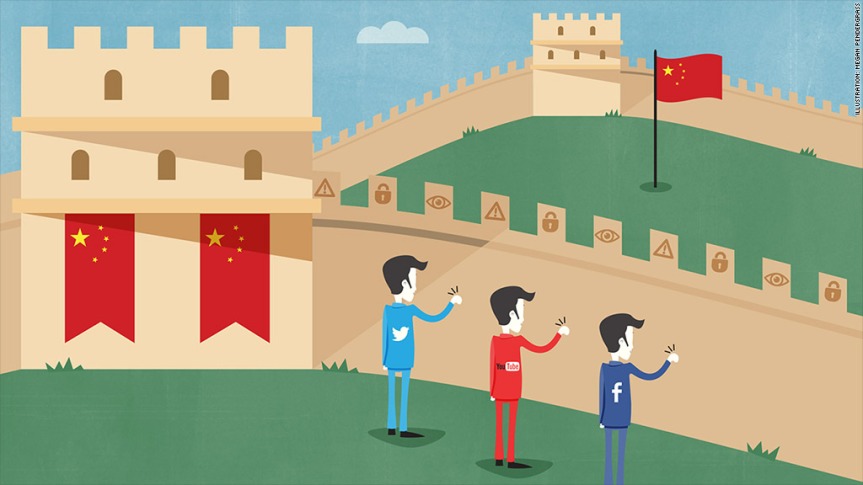“Fairphone is a social enterprise working to create a fairer economy and change how things are made. We open up supply chains, solve problems and use transparency to start debate about what’s truly fair”. (Fairphone, 2015)
The Fairphone started in 2010 as a project to raise awareness about conflict minerals in electronics and the wars they fuel and fund in the Democratic Republic of Congo (Fairphone, 2015). It was only in 2013, in The Netherlands, when Fairphone released their first smartphone. The phone was only the start of how Fairphone was to communicate the issues of smartphones. The aim of the phone was to produce a fair phone that was fair towards people working in the mines in the DRC and fair to the workers in production companies like Foxconn (van der Velden, 2014). After learning about the conditions that these workers faced, I thought it would be a good idea to shed some light on the great initiatives against blood minerals and the poor workers.
Fairphone is funded and run by non-profit organisations including the Waag Society, Action Aid and Schrijf-Schrijf. Although Fairphone claims that they are still far from a ‘fair’ phone at this point, Fairphone is just a starting point for their step-by-step journey (Fairphone, 2015). The phone focuses on 5 main concepts in its effort to make a social impact. It looks at:
Mining– they source materials that support local economies, not armed militia.
Design– the phone has longevity to extend to phones usable life
Manufacturing– provides safe conditions for workers and fair wages
Lifecycle– looking at the whole life span of the phone from creation to e-waste
Social entrepreneurship– creating a new economy with focus on social values
(Fairphone, 2015)

Whilst the Fairphone does look similar to other smartphones, there are still many differences:
- The body of the phone is made out of post-consumer recycled polycarbonate, retrieved from old devices
- Contains non-conflict minerals
- The phone comes without a headset or charger
- It has dualSIM, so people don’t need two phones in order to separate their work communication from private communication
- It has a removable and easy to replacebattery
- It can be opened up and is repairable
- It is shipped in minimal and sustainable packaging.
(van der Velden, 2014)
Fairphones success is in its numbers. It has sold over 60,000 phones and at the moment is completely sold out, but is in the middle of creating a new updated Fairphone 2. I find that the number sold is quite outstanding for something that I find is reasonably unheard of. Possibly, with the release of the new Fairphone later this year, it will be publicised heavily around the globe with the DRC and Foxconn becoming more and more of a human rights issue. Some argue (Oliver, 2015) that even though this is a great initiative, the technology of the phone is quite far behind and outdated as it uses old Android operating systems and its camera capability is quite low. Although this is a fair point, I believe the main aim of the Fairphone is to raise awareness of the DRC and human rights more than anything.
References:
van der Velden, M 2014, ‘Re-politicising Participatory Design: What can we learn from Fairphone’, in Ninth International Conference on Culture and Technology and Communication (CaTaC). Oslo, Norway, 19-20 June 2014, viewed on the 17th April 2015, http://dis.ifi.uio.no/sites/default/files/googlescholar/maja-van-der-velden-fairphone.pdf
Fairphone 2015, Fairphone, Fairphone, viewed 17th of April 2015, http://www.fairphone.com
Oliver, D 2015, Fairphone review, wired.co.uk, viewed on the 17th of April 2015, http://www.wired.co.uk/reviews/mobile-phones/2015-01/fairphone

